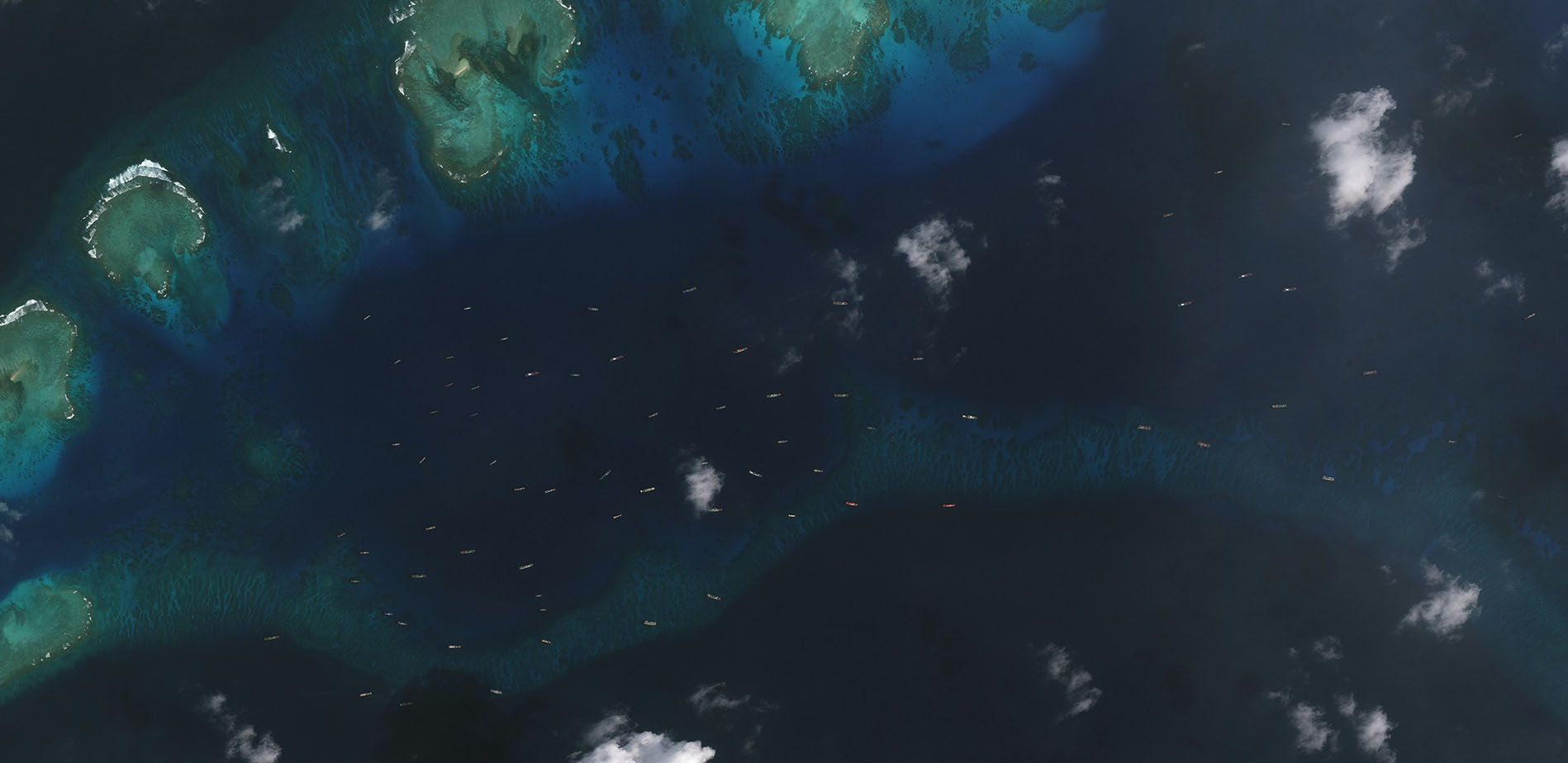In early December, a flotilla of two dozen Chinese fishing boats and escort warships sailed to the disputed Filipino-occupied reef of Thitu. By the end of the month, Beijing had almost 100 vessels in and around the archipelago, creating an initially largely hidden confrontation that could yet spark outright war.
When China's People's Liberation Army Navy turns 70 in October, the celebrations will center on its largest, highest-profile warships — particularly its pair of aircraft carriers, set to be the first of many. High-tech saber-rattling is clearly at the heart of Beijing's strategy to dominate its immediate neighborhood, with jets and warships particularly aggressive around Taiwan's borders in the last six months.
What the confrontation with the Philippines demonstrates, however, is that such conventional naval posturing is complemented by something much less conventional: the hundreds if not thousands of small fishing and other vessels of China's "maritime militia." Usually unarmed, albeit increasingly escorted by Chinese warships and coast guard cutters, they have become more assertive by the month.



